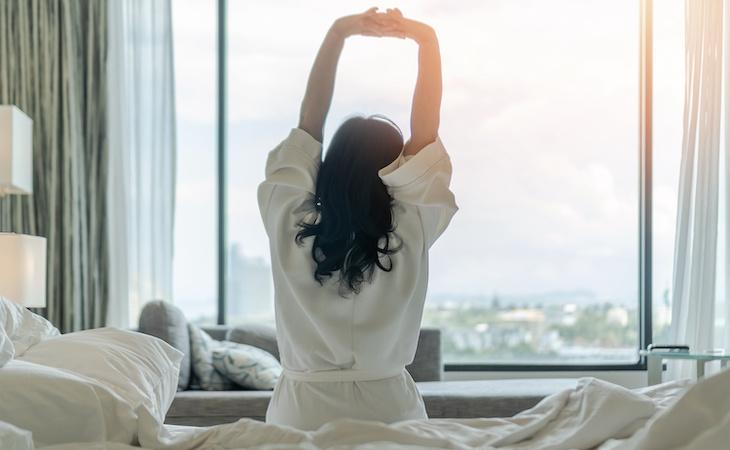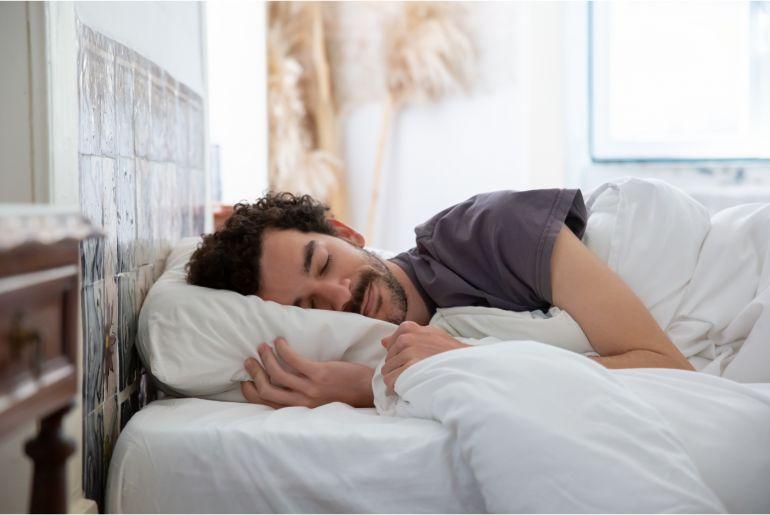In a world that never seems to slow down, a new kind of traveler has emerged-one whose destination isn’t just a city or a landmark, but a state of restful slumber. Welcome to the era of sleep tourism, where the pursuit of quality sleep has become a bona fide reason to pack a bag and set off. This intriguing trend transcends the typical vacation goals, inviting travelers to explore how different environments, expert-designed retreats, and cutting-edge sleep technologies can transform the way we rest. But what exactly is sleep tourism, and why is it gaining momentum? Let’s dive into this growing phenomenon and uncover what it means for the future of travel and wellness.
Table of Contents
- Understanding the Rise of Sleep Tourism in Modern Travel
- Exploring Popular Destinations for Restorative Sleep Experiences
- How Sleep Tourism Benefits Mental Health and Wellbeing
- What to Look for When Choosing a Sleep-Focused Getaway
- Tips for Maximizing Relaxation on Your Sleep Tourism Journey
- Frequently Asked Questions
- In Conclusion
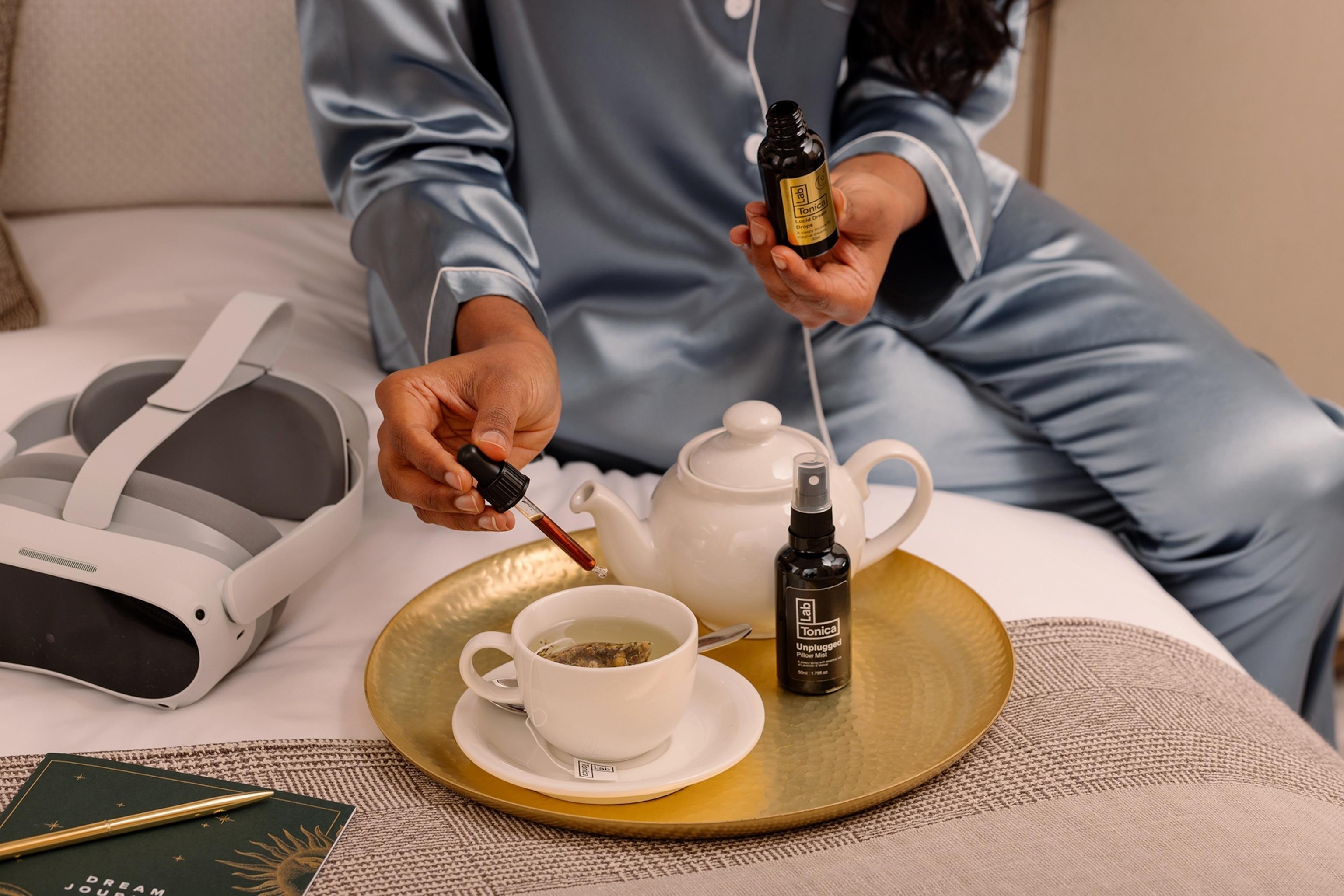
Understanding the Rise of Sleep Tourism in Modern Travel
In recent years, a subtle yet impactful shift has been taking place in the travel industry: the emergence of sleep as a central feature in vacation planning. Once considered a mere necessity, sleep has now become a sought-after experience, prompting travelers to prioritize rest and rejuvenation over the usual sightseeing marathons. This trend reflects a growing awareness of the importance of mental and physical wellness, coupled with the desire to escape the relentless pace of modern life.
Sleep tourism is no longer just about booking a comfortable bed; it’s about immersing oneself in environments scientifically designed to enhance sleep quality. From hotels equipped with circadian lighting and soundproof rooms to retreats offering sleep coaching and meditation classes, the travel experience is being reimagined to serve the sleeper’s needs first and foremost. This has sparked innovation across hospitality, wellness, and travel sectors, blending technology and tradition in unexpected ways.
Key elements shaping sleep tourism:
- Customized sleep environments with temperature and noise control
- Access to sleep specialists and guided relaxation techniques
- Integration of natural surroundings to promote tranquility
- Sleep-friendly dining options rich in melatonin and magnesium
These factors, combined with a cultural shift toward valuing downtime, have created a niche market that appeals to busy professionals, wellness enthusiasts, and anyone seeking a restorative break. As travelers become more discerning about how they rest, destinations that offer tailored sleep experiences are quickly gaining a competitive edge.
| Sleep Tourism Feature | Benefit | Example |
|---|---|---|
| Soundproof Rooms | Uninterrupted rest | Urban hotels near nightlife zones |
| Circadian Lighting | Natural sleep-wake cycles | Wellness resorts in nature |
| Sleep Coaching | Personalized improvement | Specialty retreats |
| Relaxation Activities | Stress reduction | Yoga and meditation centers |
Exploring Popular Destinations for Restorative Sleep Experiences
When it comes to recharging both body and mind, some locales have mastered the art of restorative sleep better than others. From serene mountain retreats to tranquil coastal hideaways, these destinations offer tailored environments designed to optimize your slumber. Imagine waking up to the gentle rustling of leaves in a Japanese forest or drifting off under the vast starlit skies of the desert-each setting uniquely crafted to soothe and restore.
Popular choices for sleep seekers include:
- Japanese Ryokans: Traditional inns that combine tatami mats and paper sliding doors with nature-centric views, encouraging a deep connection to calm.
- Nordic Wellness Resorts: Known for their minimalist design and cold therapy rituals, these resorts balance relaxation and rejuvenation perfectly.
- Coastal Sleep Havens: Beachfront locations where the sound of waves and sea air create a natural lullaby, ideal for those craving oceanic tranquility.
To help you choose your next sleep haven, here’s a quick comparison:
| Destination | Sleep Environment | Unique Feature |
|---|---|---|
| Kyoto, Japan | Quiet temples & tatami rooms | Meditative gardens |
| Lapland, Finland | Snowy silence & thermal saunas | Polar night tranquility |
| Maui, Hawaii | Ocean breezes & tropical greenery | Sunset soundscapes |
Each destination offers a unique blend of natural ambiance and carefully curated amenities to help guests slip effortlessly into restful sleep. Whether you prefer the crisp air of the north or the soothing humidity of a tropical coast, these places redefine what it means to travel for rest.
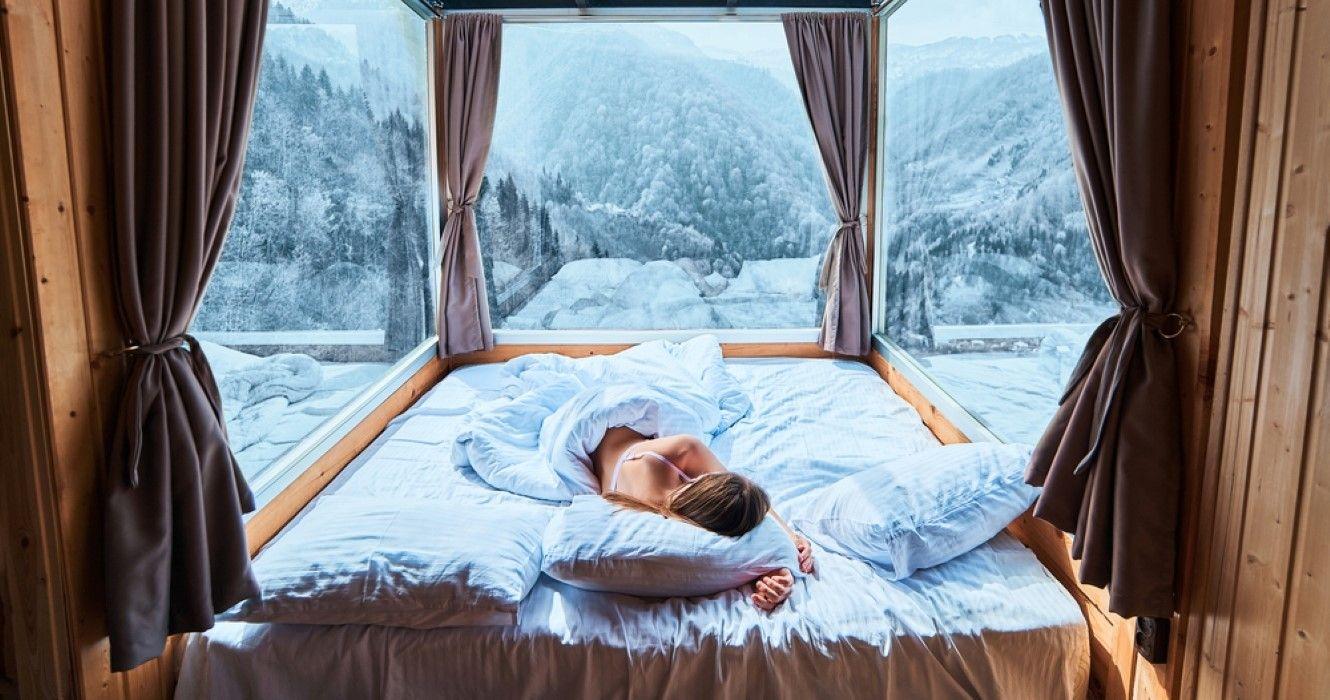
How Sleep Tourism Benefits Mental Health and Wellbeing
Imagine a getaway where the primary goal isn’t sightseeing or dining but experiencing the profound restoration of your mind through quality sleep. This emerging niche taps into our innate need for rest, offering environments optimized for deep, uninterrupted slumber. Participants often return feeling mentally rejuvenated, with reduced anxiety and improved cognitive function that lasts well beyond their trip.
Dedicated sleep retreats are designed to minimize distractions and promote relaxation, using tailored soundscapes, temperature control, and expert-guided routines. These elements encourage the brain to enter restorative cycles, crucial for emotional regulation and memory consolidation. The psychological benefits ripple outward, enhancing mood stability and resilience against daily stressors.
Key mental health benefits include:
- Reduction in symptoms of depression and anxiety
- Enhanced focus and mental clarity
- Improved emotional balance and stress management
- Better memory retention and creativity boost
| Benefit | How Sleep Tourism Helps |
|---|---|
| Stress Reduction | Natural environments and sleep-friendly settings lower cortisol |
| Cognitive Restoration | Extended REM cycles enhance learning and problem-solving skills |
| Emotional Resilience | Consistent quality sleep improves mood regulation |
| Anxiety Relief | Calming routines and controlled sleep environments ease nervous tension |
By investing in sleep-focused travel, individuals tap into a natural, drug-free approach to mental wellness. This trend underscores a shift in how we view vacations-not just as escapes, but as intentional opportunities to heal and recharge from within.
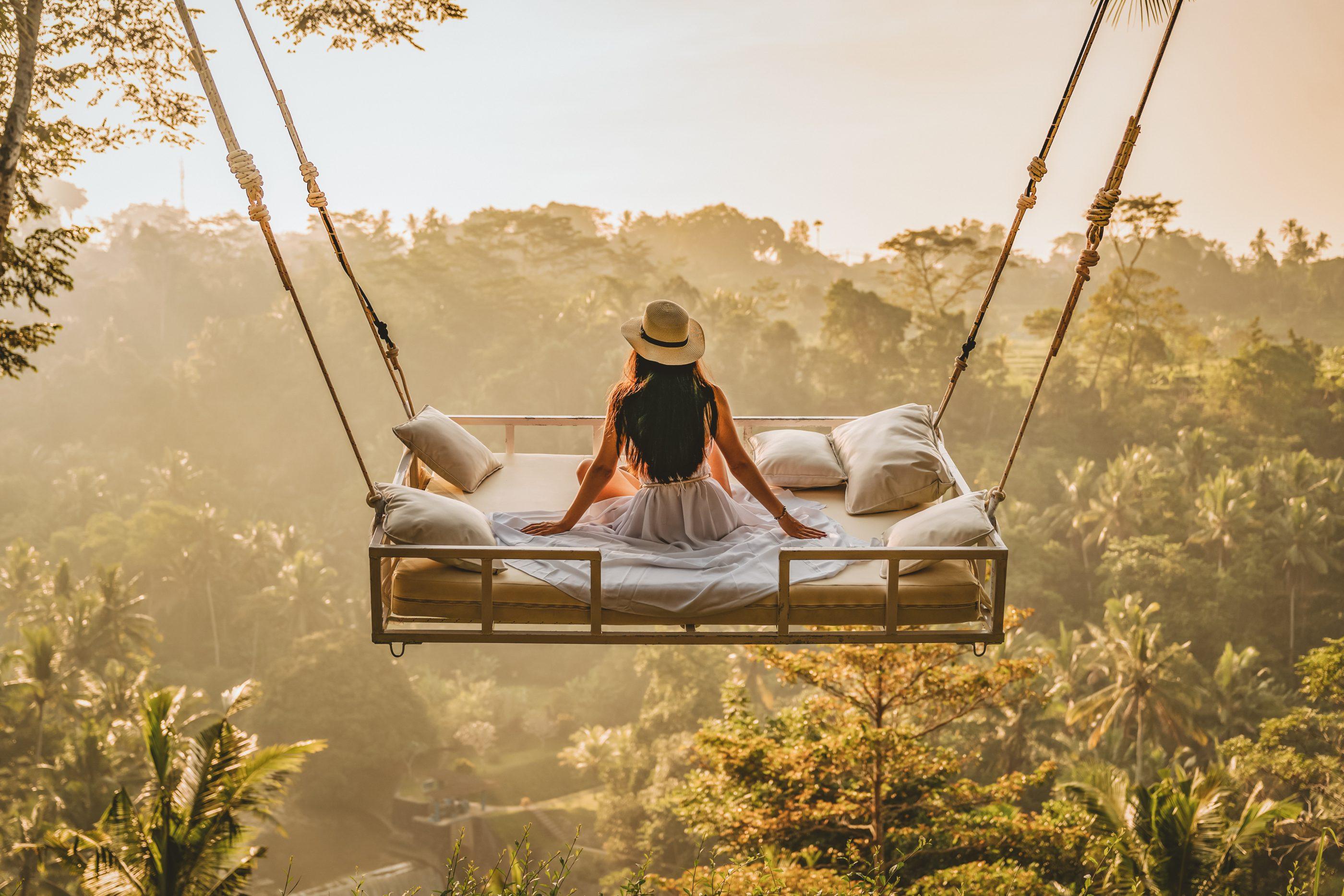
What to Look for When Choosing a Sleep-Focused Getaway
When deciding on a destination that promises restorative sleep, start by examining the environment’s natural tranquility. Look for locations nestled away from urban noise and light pollution, where the ambiance itself encourages relaxation. Whether it’s a remote mountain lodge or a beachfront villa, the setting should foster a deep connection with nature, helping you unwind before you even hit the pillow.
Amenities tailored to sleep health are equally critical. Seek out accommodations that offer specialized features like blackout curtains, soundproof rooms, and adjustable climate controls. Some resorts go further by incorporating sleep tech-think smart mattresses or in-room circadian lighting designed to align with your body’s internal clock. These thoughtful touches can significantly elevate the quality of your rest.
Don’t overlook the importance of wellness programs that complement your sleep goals. Meditation classes, gentle yoga sessions, and even guided breathing exercises can enhance your overall sleep experience. Many retreats also provide personalized sleep consultations or workshops to help you understand and improve your sleep patterns long after your stay.
| Key Feature | Why It Matters | Examples |
|---|---|---|
| Noise Reduction | Prevents disruptions and supports deep sleep | Soundproof windows, white noise machines |
| Light Control | Maintains natural circadian rhythm | Blackout curtains, dimmable lighting |
| Sleep-Friendly Activities | Promotes relaxation and stress relief | Meditation, gentle yoga, nature walks |
| Expert Support | Personalized guidance for lasting change | Sleep coaches, workshops, consultations |
Tips for Maximizing Relaxation on Your Sleep Tourism Journey
To truly unwind during your sleep tourism adventure, consider crafting an environment that promotes tranquility from the moment you arrive. Choose accommodations known for their serene atmospheres-think blackout curtains, soundproof rooms, and calming scents like lavender or chamomile. These subtle touches can dramatically enhance your ability to drift into restorative slumber.
Incorporate gentle pre-sleep rituals that align with the local culture or the unique offerings of your destination. This might include guided meditation sessions, herbal teas sourced from nearby fields, or low-impact yoga classes designed to release tension. Engaging with these activities not only prepares your body for rest but also deepens your connection to the place you’re visiting.
Keep in mind the importance of pace. Resist the urge to fill your itinerary with back-to-back activities. Instead, allow ample downtime between excursions to recalibrate and absorb the restful benefits of your surroundings. This intentional slowing down can be the secret ingredient that transforms your trip from merely restful to truly rejuvenating.
- Pack a travel sleep kit: eye mask, earplugs, and your favorite pillowcase.
- Limit screen time: Use apps or settings that reduce blue light exposure before bedtime.
- Stay hydrated: But minimize caffeine and alcohol intake in the evening.
| Relaxation Tip | Why It Works |
|---|---|
| Deep Breathing Exercises | Calms the nervous system and lowers heart rate |
| Consistent Sleep Schedule | Regulates circadian rhythms for better sleep quality |
| Natural Soundscapes | Blocks disruptive noise and promotes mental calmness |
Frequently Asked Questions
Q: What exactly is sleep tourism?
A: Sleep tourism is a growing travel trend where people choose destinations and accommodations specifically to improve their sleep quality. Instead of sightseeing or adventure, the main goal is to rest deeply and rejuvenate through carefully curated environments, sleep-friendly amenities, and sometimes even therapeutic sleep programs.
Q: Why has sleep tourism become popular recently?
A: In today’s fast-paced, always-on world, many people suffer from chronic sleep problems or simply want to escape stressful routines. Sleep tourism offers a chance to prioritize rest, combining the appeal of travel with the health benefits of better sleep, making it an attractive option for wellness-focused travelers.
Q: What kinds of places cater to sleep tourists?
A: Sleep-friendly destinations range from boutique hotels with blackout curtains and soundproof rooms to resorts offering sleep specialists, guided relaxation sessions, and technology designed to optimize circadian rhythms. Some even incorporate natural elements like quiet forests or thermal springs believed to enhance sleep quality.
Q: How does sleep tourism benefit travelers beyond just feeling rested?
A: Improved sleep can boost mental clarity, emotional balance, and physical health. Sleep tourism can help reduce stress, enhance creativity, and even support immune function, turning a vacation into a holistic wellness experience rather than just a break from routine.
Q: Are there any downsides or challenges to sleep tourism?
A: While sleep tourism sounds appealing, it can be costly, and not every traveler will find a one-size-fits-all sleep solution. Additionally, travel itself can sometimes disrupt sleep due to time zone changes or unfamiliar environments, so balancing travel logistics with sleep goals remains a challenge.
Q: How can someone get started with sleep tourism?
A: Start by researching destinations known for tranquility and wellness. Look for accommodations emphasizing sleep quality, such as hotels with sleep menus or resorts offering sleep coaching. Consider your personal sleep needs and preferences, and plan your itinerary to prioritize rest alongside any other activities.
Q: Is sleep tourism just a fad or here to stay?
A: Given the increasing awareness of sleep’s importance and the ongoing wellness travel boom, sleep tourism is more than a fad. It’s evolving into a niche sector that responds to genuine health needs, suggesting it will continue to grow and innovate in the years ahead.
In Conclusion
As the lines between rest and adventure continue to blur, sleep tourism invites us to reconsider the very nature of travel. No longer just about sightseeing or sampling local flavors, journeys now embrace the art of slumber as a destination in itself. Whether it’s a quest for restorative nights or an exploration of unique sleep experiences around the world, this emerging trend reminds us that sometimes, the best way to discover a place is simply by closing our eyes. In a fast-paced world, sleep tourism offers a gentle pause – an invitation to dream beyond borders and awaken refreshed in a new way.